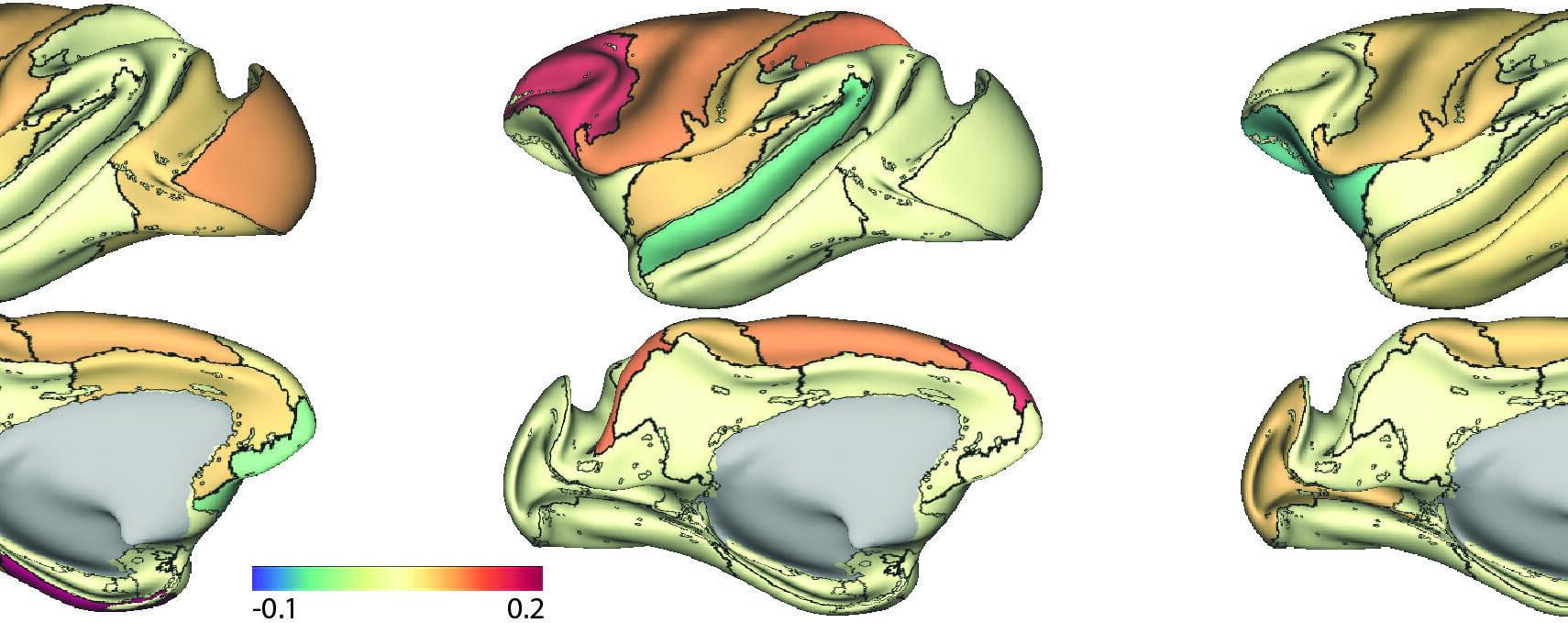Adolescence, the life stage that marks the transition between childhood and adulthood, is known to be a vital period for the brain’s development. During this critical phase, people’s mental abilities, including their problem-solving and memory skills, rapidly improve.
Past neuroscience studies have tried to link these observed cognitive improvements during adolescence to changes in the structure of the brain and the connections between different brain regions. Nonetheless, the relationship between changes in the brain and specific aspects of cognitive performance has not been fully elucidated.
Researchers at Vanderbilt University, CNRS Université de Lyon, and Wake Forest School of Medicine recently carried out a study involving monkeys that was aimed at shedding new light into the underpinnings of mental maturation during adolescence. Their findings, published in Nature Neuroscience, suggest that the cognitive development of adolescent monkeys is associated with a refined connectivity between brain regions, while changes in gray matter structure play a lesser role.
